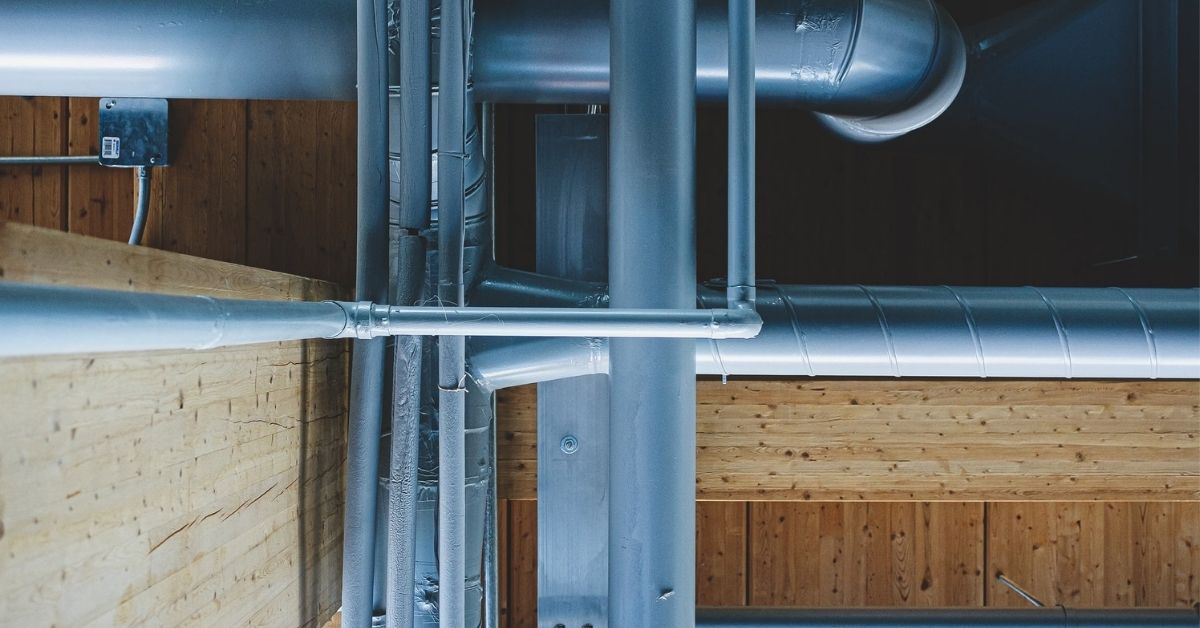Share

If you are looking for ways to do underground plumbing, this article is for you. Underground plumbing, also known as utility piping or subsurface sewage pipes, can be installed in a number of different places, including cellars and under driveways.
These pipes are usually made from PVC plastic but may have other components such as steel reinforcement bands. This article will cover 8 tips on how to do underground plumbing so that you can complete your installation successfully!
How To Do Underground Plumbing
Tip 1: Digging the trench
When you are ready to start digging, use a shovel or post-hole digger to create a trench that is at least 18 inches wide and 12 inches deep. If your soil is especially soft, you may need to make the trench even wider and deeper. Make sure that the sides of the trench are as vertical as possible so that you can keep the trench stable.
Tip 2: Covering the pipe
Cover your underground pipes with a minimum of three inches of gravel before installing them in the trenches. The gravel will help to protect against damage from digging equipment while also improving drainage around each pipeline. As an added bonus it significantly reduces the chances that tree roots will enter into your plumbing system over time.
Once all of your pipelines are placed in their respective trenches, fill them with dirt and pack it down so that they are level across their entire length. After this is done, apply another layer of at least two more inches on top of everything else for extra protection against future problems or emergencies where immediate access may be necessary. This would include things like emergency repairs, or just general maintenance work.
Tip 3: Planning your layout
When planning the layout of your underground plumbing system, be sure to take into account the natural slopes and contours of your land. This will help ensure that water drainage is as effective as possible and minimize the potential for future problems. When in doubt, always err on the side of caution and plan for more drainage than you think you may need- it’s better to have too much than not enough!
Tip 4: Fitting PVC piping
PVC piping is a popular choice for underground plumbing systems because it is relatively inexpensive, lightweight, and easy to install. It can also withstand changes in temperature and pressure without breaking or leaking. Always use Schedule 40 PVC pipe for underground applications, as it is specially designed to handle the extra stress that comes with being buried in the ground.
Tip 5: Securing your pipes
It is important to secure your piping properly so that it does not move around or become dislodged over time. One way to do this is by using pipe clamps at regular intervals along the length of each pipeline. You can also use plastic ties or straps to keep everything in place. Just be sure to leave enough slack in the lines so that they can move a little bit without putting too much strain on the joints.
Tip 6: Laying out your manifolds
If you are using multiple manifolds (or “tees”) in your plumbing system, be sure to space each one out evenly across your yard. This will help to ensure that the water flows in a consistent and even pattern for everyone using it.
Tip 7: Installing separate manifolds
When installing individual manifolds (or “tees”), always make sure to place them under enough tension so that they can maintain their form without any give or resistance when you pull on them, but not overdo it either- if there is too much stress on these joints then they could easily rip apart at the seams! If necessary, use some tie wire to keep everything secured tightly together where appropriate.
Tip 8: Connecting all of your pieces together
After all of this work has been completed and everything is properly, connect your pipelines using the appropriate fittings and connectors. Make sure that each joint is tight and secure before moving on to the next one, and always test for leaks afterward. Take your time with this process; it’s better to do it right the first time than have to go back and fix things later on!
And there you have it- eight tips on how to do underground plumbing like a pro! By following these simple guidelines, you can rest assured that your system will be up and running smoothly for years to come. Thanks for reading!
Remember, if at any point you feel overwhelmed or uncertain about what needs to be done, always consult with a professional plumber before proceeding. They will be able to help guide you through the installation process step-by-step and make sure everything is done properly.



0 Comments